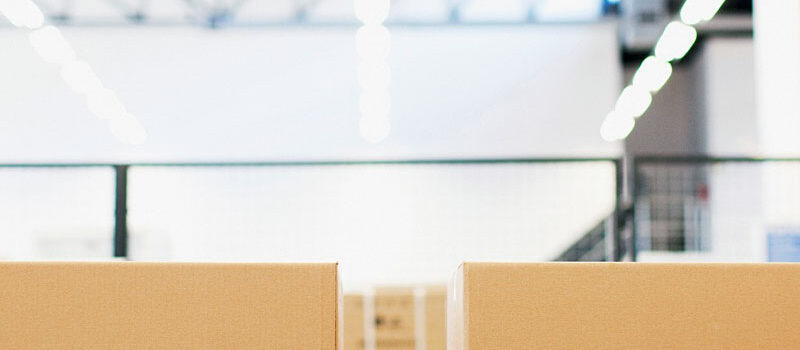How to reduce costs during price volatility

The biggest challenge facing businesses right now is the impact of raw material price increases. These are driven by increases in demand and bottlenecks in supply. They are leaving manufacturers, distributors and retailers alike battling price increases that are inflating costs. If you are looking for new ways to reduce costs, your packaging choices could help uncover savings throughout the operation.

Reduce Storage Costs
Packaging can be a relatively low value product in your operation. So why is it taking up so much space in storage? Is paying rent and rates to store cardboard boxes a good use of resources? This question is particularly pertinent if:
- The business has experienced significant growth
- Business growth is forecast
- You are paying for additional storage or production space
- You need to reduce your business premises
If you are purchasing packaging direct from a manufacturer, you may be purchasing large MOQs to get the best price. We all welcome “best price” but there are other financial considerations. Large MOQs can:
- Tie up storage space, often for months at a time
- Impact cashflow – paying for 3 or 6 months of stock in one hit
- Perish in storage or risk being written off due to over ordering
Consider purchasing packaging from a distributor. They can reduce your MOQs and deliver stock as needed – freeing up space and cashflow.

Reduce Transport Costs
Whether you are shipping orders in your own vehicles or using a courier, a tweak in the packaging can reduce overall shipment weight. It will also increase how many products you can fit on a pallet, or in a courier vehicle.
Using packaging to optimise product cubage can increase payload and reduce the number of vehicles on the road. It reduces fuel, labour and courier costs. It also reduces your carbon footprint and increases efficiency.

Improve Productivity
If you have a labour heavy packing process, it will be slowing down your team. And a slower team will take longer to get your products out of the door. With the right packaging and an ergonomic packing area, you can speed up the packing process and do more in less time. This will help you to cope with spikes in demand without additional labour costs.

Reduce Damages and Returns
If you are experiencing damages whilst goods are on route to customers, it is time to review the packaging and packing process. Damages create expense beyond the product breakage itself. It costs a company time and money to correct a damaged order and the impact goes beyond customer service. RMA handling, the pick/pack team and transportation are all affected.
The right packaging has the power to reduce – or remove – those costs and free up more time for your team.

Reduce Admin Costs
CIPS (Chartered Institute of Procurement and Supply) have calculated the average costs of placing a Purchase Order is £50 per time. This considers the management of orders, invoices, utility and labour costs. If you walk through your own company process, you may identify a higher (or lower) cost. How many people are handling each order or invoice?
Multiple purchase orders also lead to increased handling in the warehouse. When goods arrive in several batches on different supplier vehicles, it generates a lot of paperwork.
If you are dealing with multiple packaging suppliers you’re probably raising weekly or monthly purchase orders with each of them. It’s worth finding out how much this is costing you. You could make big savings by consolidating your supplier base. You could make even bigger savings by switching to a single supplier who can deliver all of your packaging requirements.
By raising a single blanket PO each month your administration is already reduced. Moreover, with monthly consolidated invoicing (one invoice for a full month of deliveries) and reduced vehicle deliveries to the warehouse, the handling of both paperwork and goods is much reduced.
Consolidated invoicing can also help with your cash flow. Any orders placed in the first week of the month will be eligible for payment from date of invoice – so if you are invoiced end of month, it will typically add an additional 3 weeks to your 30 days from date of invoice payment terms.
Tracking orders, managing forecasting, reporting and identifying packaging waste also becomes easier, because all of your data is potentially generated from a single source.
If you would like to reduce costs in your business, contact Macfarlane Packaging today to find out how we can support your business.
If you would like to reduce costs in your business, contact us today to find out how we can support your business

